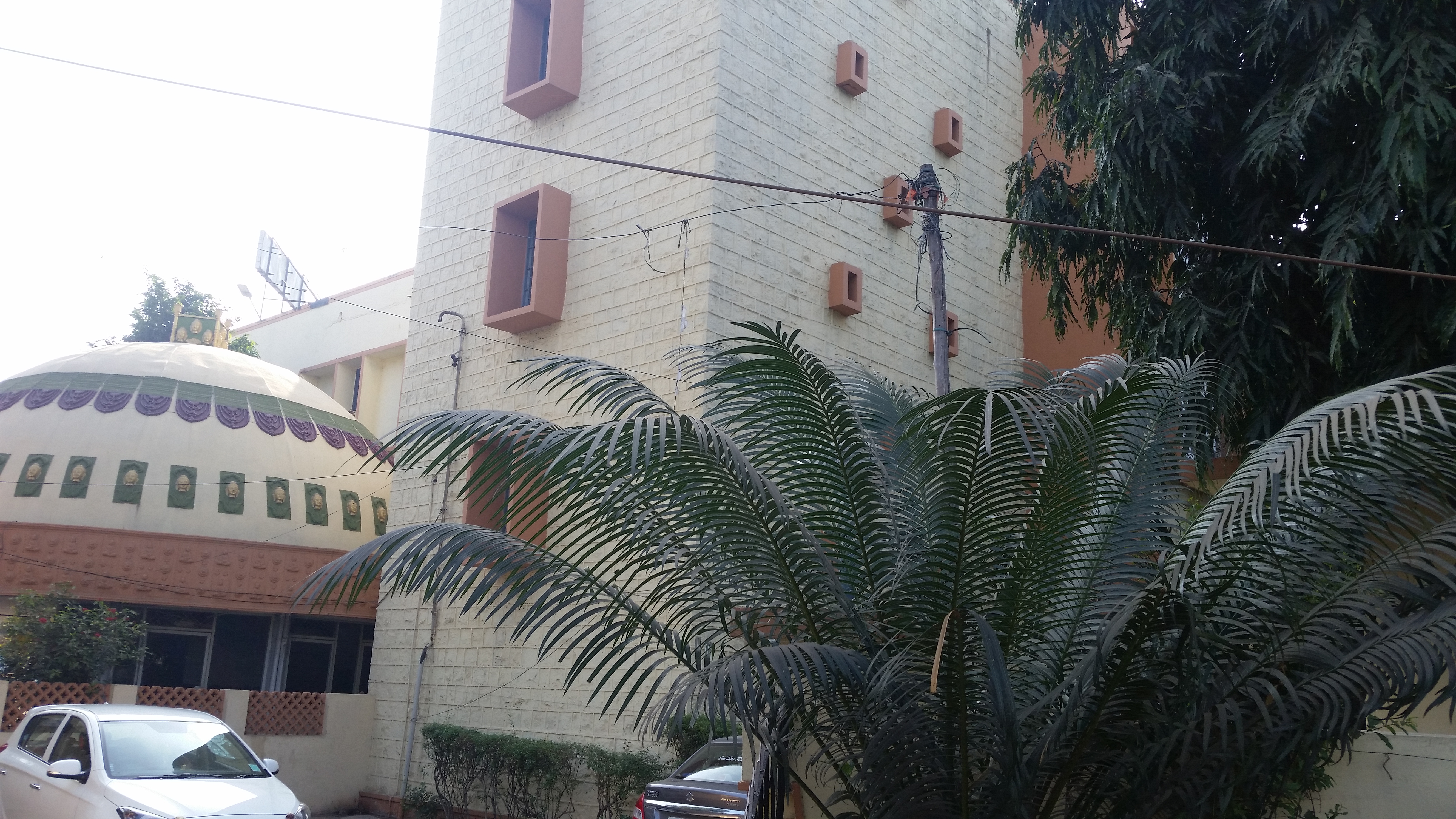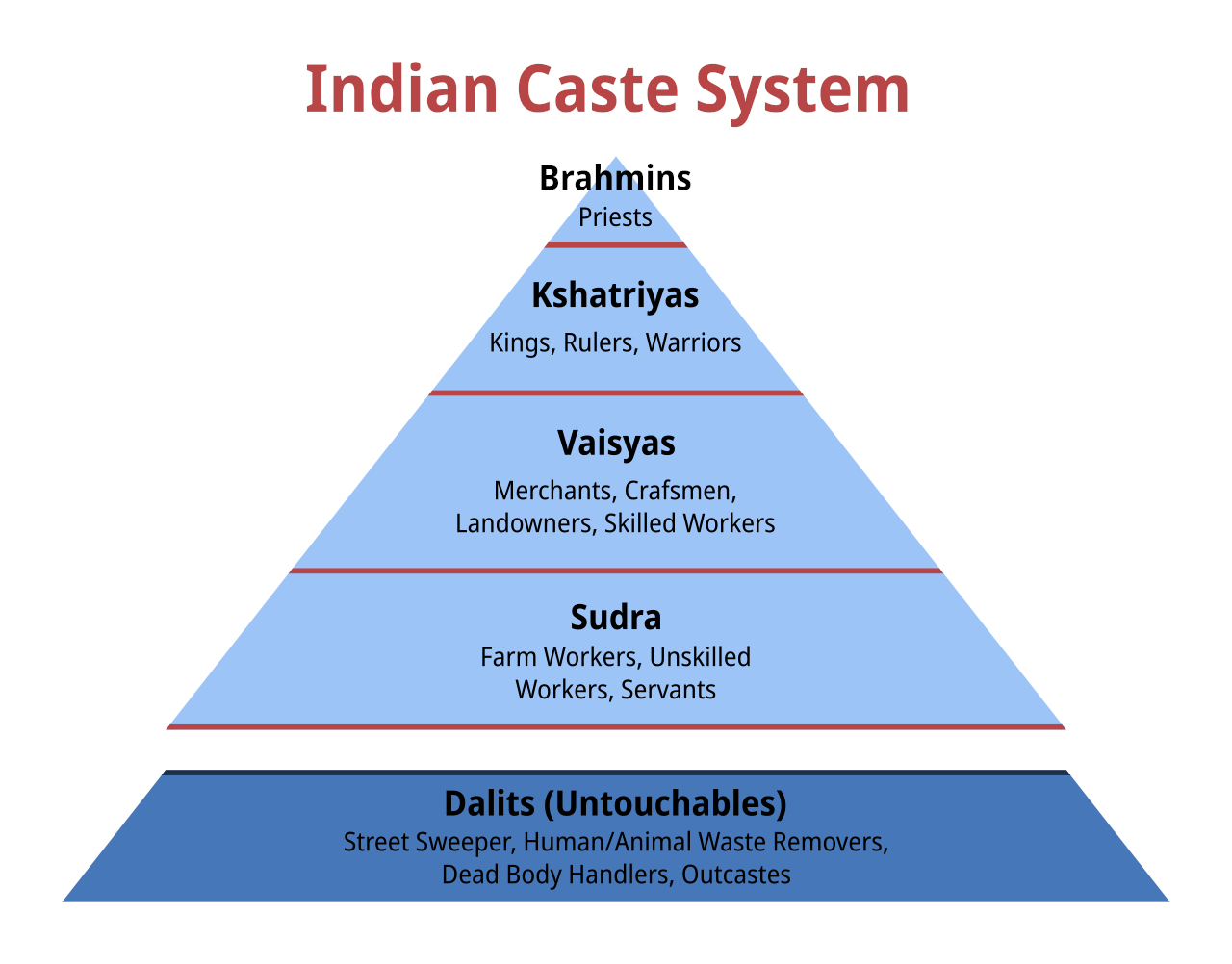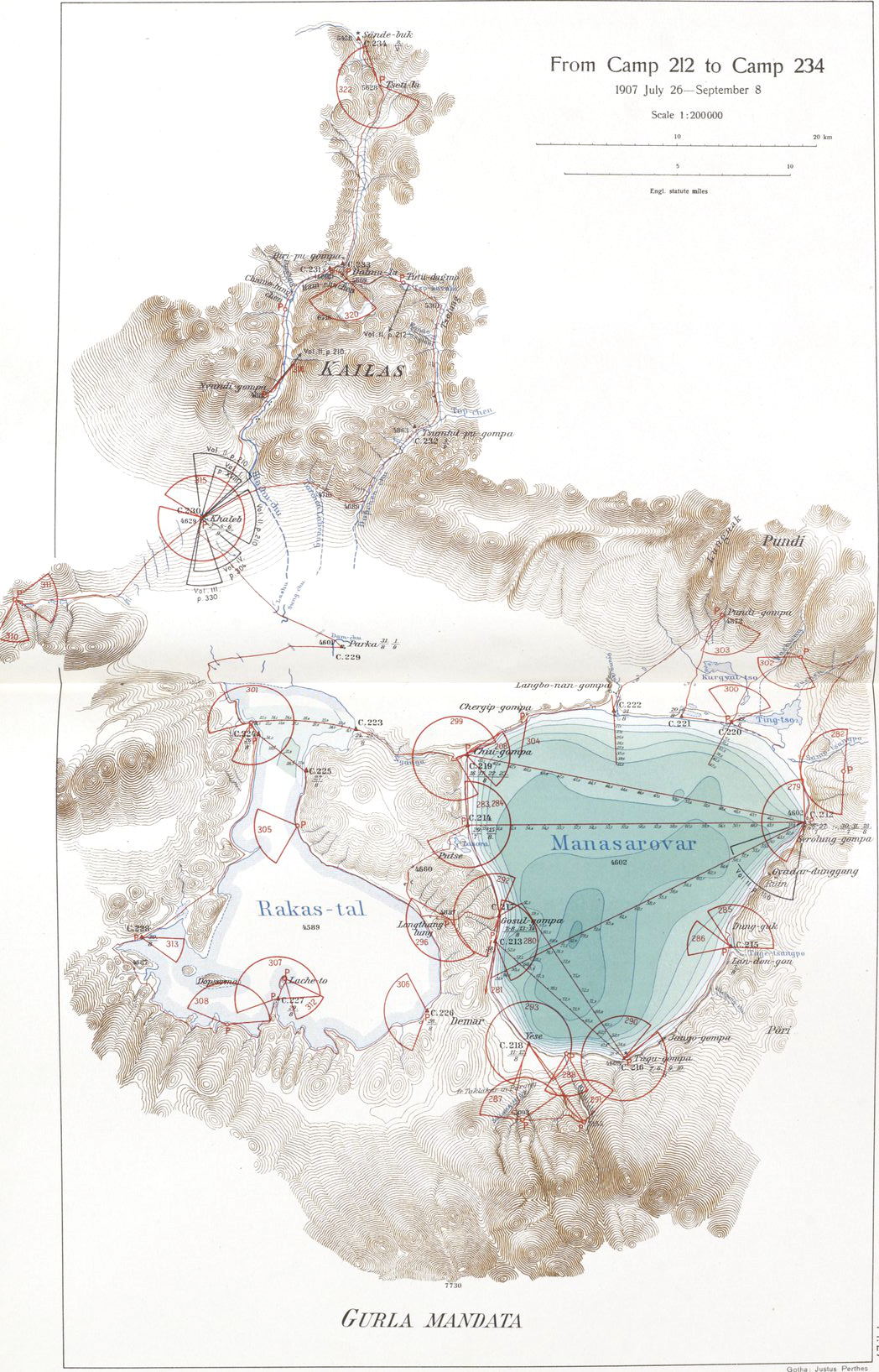|
Sri Jayendra Saraswathi
Jagadguru Sri Jayendra Saraswathi Shankaracharya Swamigal (born Subrahmanyam S/O Mahadeva Iyer; 18 July 1935 – 28 February 2018) was the 69th Shankaracharya Guru and head or pontiff (Pïțhādhipati) of the Kanchi Kamakoti Peetham. Subramanyam Iyer was nominated by his predecessor, Chandrashekarendra Saraswati, as his successor and was given the pontifical title Sri Jayendra Saraswathi on 22 March 1954. Sri Jayendra Saraswati Swamigal succeeded Mahaperiyava Chandrashekara Saraswati Swamigal in 1960, a fact not many people know. He conducted all the activities of the mutt with the oversight of his Guru out of reverence. His successor was anointed by the then Senior Pontiff Mahaperiyava during his lifetime in the early 1980s. Early life Sri Jayendra Saraswathi Swamigal was born as Subrahmanyam to Mahadeva Iyer and Saraswathi Ammal on 18 July 1935. He completed schooling at Irulneeki primary school and at a middle school at nearby Adichapuram village. Then he shifted to a v ... [...More Info...] [...Related Items...] OR: [Wikipedia] [Google] [Baidu] |
Shankaracharya
Shankaracharya (, , " Shankara-''acharya''") is a religious title used by the heads of amnaya monasteries called mathas in the Advaita Vedanta tradition of Hinduism. The title derives from Adi Shankara; teachers from the successive line of teachers retrospectively dated back to him are known as Shankaracharyas. Etymology The word Shankaracharya is composed of two parts, Shankara and Acharya. Acharya is a Sanskrit word meaning "teacher", so Shankaracharya means "teacher of the way of Shankara". Establishment of the tradition Adi Shankara, known as Adi Shankaracharya, set up four monasteries known as Mathas or Peethams, in the North, South, East and West of India, to be administered by realised men who would be known as Shankaracharyas. They would take on the role of teacher and could be consulted by anyone with sincere queries of a spiritual nature and they would guide the humanity in times of trouble and provide solace. Another monastery Kanchi Kamkoti Peetham in sout ... [...More Info...] [...Related Items...] OR: [Wikipedia] [Google] [Baidu] |
Adi Shankara
Adi Shankara (8th c. CE), also called Adi Shankaracharya (, ), was an Indian Vedanga, Vedic scholar, Hindu philosophy, philosopher and teacher (''acharya'') of Advaita Vedanta. Reliable information on Shankara's actual life is scant, and his true impact lies in his "iconic representation of Hinduism, Hindu religion and Hindu culture, culture," despite the fact that most Hindus do not adhere to Advaita Vedanta. Tradition also portrays him as the one who reconciled the various Hindu denominations, sects (Vaishnavism, Shaivism, and Shaktism) with the introduction of the form of Puja (Hinduism), worship, the simultaneous worship of five deities – Ganesha, Surya, Vishnu, Shiva and Devi, arguing that all deities were but different forms of the one Brahman, the invisible Supreme Being.Klaus Klostermaier (2007), A Survey of Hinduism, Third Edition, State University of New York Press, , p. 40 While he is often revered as the most important Indian philosophy, Indian philosoph ... [...More Info...] [...Related Items...] OR: [Wikipedia] [Google] [Baidu] |
Sankararaman Murder Case
The Sankararaman murder case was a case on the murder of Sankararaman, the manager of Varadharaja Perumal Temple, Kanchipuram, Varadharaja Perumal Temple in Kanchipuram, a town in state of Tamil Nadu. He was murdered in the premises of the temple on 3 September 2004. The blame was hoisted on the Shankaracharya Jayendra Saraswathi, Shri Jayendra Saraswati Swamigal and Shri Vijayendra Saraswati Swamigal. The report by investigative journalist Dhamodaran Prakash in the Tamil weekly ''Nakkeeran'' and the confession by the surrendered, lead to the arrest of Jayendra Saraswati and Vijayendra Saraswati, the seers of the Kanchi Mutt, a popular South Indian monastic institution. Sankararaman is alleged to have constantly leveled accusations against the Kanchi seers and the functioning of the Kanchi Mutt. The victim responsible for the arrest of the Jayendra Saraswati is alleged to have sent anonymous letters to the Mutt in his own name and his pen name Somasekara Ganapadigal alleging in ... [...More Info...] [...Related Items...] OR: [Wikipedia] [Google] [Baidu] |
The Hindu
''The Hindu'' is an Indian English-language daily newspaper owned by The Hindu Group, headquartered in Chennai, Tamil Nadu. It was founded as a weekly publication in 1878 by the Triplicane Six, becoming a daily in 1889. It is one of the Indian Newspaper of record, newspapers of record. , ''The Hindu'' is published from 21 locations across 11 states of India. ''The Hindu'' has been a family-owned newspaper since 1905, when it was purchased by S. Kasturi Ranga Iyengar from the original founders. It is now jointly owned by Iyengar's descendants, referred to as the "Kasturi family", who serve as the directors of the holding company. Except for a period of around two years, when Siddharth Varadarajan, S. Varadarajan held the editorship of the newspaper, senior editorial positions of the paper have always been held by members of the original Iyengar family or by those appointed by them under their direction. In June 2023, the former chairperson of the group, Malini Parthasarathy, w ... [...More Info...] [...Related Items...] OR: [Wikipedia] [Google] [Baidu] |
Krishna
Krishna (; Sanskrit language, Sanskrit: कृष्ण, ) is a major deity in Hinduism. He is worshipped as the eighth avatar of Vishnu and also as the Supreme God (Hinduism), Supreme God in his own right. He is the god of protection, compassion, tenderness, and love; and is widely revered among Hindu divinities. Krishna's birthday is celebrated every year by Hindus on Krishna Janmashtami according to the lunisolar calendar, lunisolar Hindu calendar, which falls in late August or early September of the Gregorian calendar. The anecdotes and narratives of Krishna's life are generally titled as ''Krishna Līlā''. He is a central figure in the ''Mahabharata'', the ''Bhagavata Purana'', the ''Brahma Vaivarta Purana,'' and the ''Bhagavad Gita'', and is mentioned in many Hindu philosophy, Hindu philosophical, Hindu theology, theological, and Hindu mythology, mythological texts. They portray him in various perspectives: as a god-child, a prankster, a model lover, a divine hero, ... [...More Info...] [...Related Items...] OR: [Wikipedia] [Google] [Baidu] |
Kanaka Durga Temple
Kanaka Durga Temple, officially known as Sri Durga Malleswara Swamyvarla Devasthanam, is a Hindu temple dedicated to Kanaka Durga. The deity in this temple is also popularly referred as ''Kanaka Durga''. The temple is located in Vijayawada, Andhra Pradesh, India on the Indrakeeladri hill on the banks of Krishna River. Kaalika Purana, Durgaa Sapthashati and other Vedic literature have mentioned about Kanaka Durga on the Indrakeelaadri and have described the deity as Swayambhu, (self-manifested) in Triteeya Kalpa. Goddess legend The popular legend is about the triumph of Kanaka Durga over the demon King Mahishasura. It is said that the growing menace of demons became unbearable for the natives. Sage Indrakila practiced severe penance, and when the goddess appeared the sage pleaded to her to reside on his head and keep a vigil on the wicked demons. As per his wishes of killing the demons, Durga made Indrakila her permanent abode. Later, she also slayed the demon king Mahishasura ... [...More Info...] [...Related Items...] OR: [Wikipedia] [Google] [Baidu] |
Guntur
Guntur (), natively spelt as Gunturu, is a city in the States and union territories of India, Indian state of Andhra Pradesh and the administrative headquarters of Guntur district. The city is part of the Andhra Pradesh Capital Region and is located on the Eastern Coastal Plains approximately south-west of the state capital Amaravati. According to data from the 2011 Census of India, Guntur had a population of 743,354 in that year, making it the List of cities in Andhra Pradesh by population, third-most-populous city in the state, and occupies of land. The city is the heartland of the state, located in the center of Andhra Pradesh and making it a central part connecting different regions. The city is home to numerous state government offices and agencies. being part of the district capital and being in close proximity to the state capital Amaravati. The city is about 1100 miles south of the national capital New Delhi. It is classified as a ''Y-grade'' city as per the Pay Commi ... [...More Info...] [...Related Items...] OR: [Wikipedia] [Google] [Baidu] |
Vijayawada
Vijayawada ( ), formerly known by its colonial name Bezawada, is the second largest city and a major commercial hub in the Andhra Pradesh state of India. The city forms an integral part of the Andhra Pradesh Capital Region and is situated on the banks of the Krishna River, flanked by the Eastern Ghats and the scenic Indrakeeladri Hills. It is renowned for its iconic Kanaka Durga Temple, an important Hindu shrine that attracts millions of devotees each year. Geographically positioned near the center of the state, Vijayawada is popularly described as the commercial, political, cultural, and educational capital of Andhra Pradesh. It also serves as the administrative headquarters of the newly formed NTR district. The Prakasam Barrage across the Krishna River is a pivotal infrastructure asset that connects NTR with Guntur district. Vijayawada is recognized as one of India's fastest growing urban areas. In fact, a recent Oxford Economics report ranked it among the top 10 fastest gro ... [...More Info...] [...Related Items...] OR: [Wikipedia] [Google] [Baidu] |
Shiva
Shiva (; , ), also known as Mahadeva (; , , Help:IPA/Sanskrit, [mɐɦaːd̪eːʋɐh]) and Hara, is one of the Hindu deities, principal deities of Hinduism. He is the God in Hinduism, Supreme Being in Shaivism, one of the major traditions within Hinduism. Shiva is known as ''The Destroyer'' within the Trimurti, the Hinduism, Hindu trinity which also includes Brahma and Vishnu. In the Shaivite tradition, Shiva is the Supreme Lord who creates, protects and transforms the universe. In the goddess-oriented Shaktism, Shakta tradition, the Supreme Goddess (Devi) is regarded as the energy and creative power (Shakti) and the equal complementary partner of Shiva. Shiva is one of the five equivalent deities in Panchayatana puja of the Smarta Tradition, Smarta tradition of Hinduism. Shiva has many aspects, benevolent as well as fearsome. In benevolent aspects, he is depicted as an Omniscience, omniscient yogi who lives an Asceticism#Hinduism, ascetic life on Kailasa as well as a house ... [...More Info...] [...Related Items...] OR: [Wikipedia] [Google] [Baidu] |
Dalit
Dalit ( from meaning "broken/scattered") is a term used for untouchables and outcasts, who represented the lowest stratum of the castes in the Indian subcontinent. They are also called Harijans. Dalits were excluded from the fourfold varna of the caste hierarchy and were seen as forming a fifth varna, also known by the name of ''Panchama''. Several scholars have drawn parallels between Dalits and the '' Burakumin'' of Japan, the '' Baekjeong'' of Korea and the peasant class of the medieval European feudal system. Dalits predominantly follow Hinduism with significant populations following Buddhism, Sikhism, Christianity, and Islam. The constitution of India includes Dalits as one of the Scheduled Castes; this gives Dalits the right to protection, positive discrimination (known as reservation in India), and official development resources. Terminology The term ''Dalit'' is for those called the "untouchables" and others that were outside of the traditional Hindu caste ... [...More Info...] [...Related Items...] OR: [Wikipedia] [Google] [Baidu] |
Mount Kailash
Mount Kailash (also Kailasa; ''Kangrinboqê'' or ''Gang Rinpoche''; ; ; , ) is a mountain in Ngari Prefecture, Tibet Autonomous Region of China. It lies in the Kailash Range (Gangdisê Mountains) of the Transhimalaya, in the western part of the Tibetan Plateau. The peak of Mount Kailash is located at an elevation of , near the western trijunction between China, India and Nepal. Mount Kailash is located close to Manasarovar and Rakshastal lakes. The sources of four rivers: Indus, Sutlej, Brahmaputra, and Karnali lie in the vicinity of the region. Mount Kailash is sacred in Hinduism, Buddhism, Jainism and Bon religion. People from India, China, Nepal and other countries in the region undertake a pilgrimage to the mountain. The pilgrimage generally involves trekking towards Lake Manasarovar and a circumambulation of Mount Kailash. While the mountain has been surveyed by climbers in the past, there has been no recorded successful ascent of the mountain. The climbing ... [...More Info...] [...Related Items...] OR: [Wikipedia] [Google] [Baidu] |
Lake Manasarovar
Lake Manasarovar also called Mapam Yumtso (; ) locally, is a high altitude freshwater lake near Mount Kailash in Burang County, Ngari Prefecture, Tibet Autonomous Region, China. It is located at an elevation of , near the western trijunction between China, India and Nepal. It overflows into the adjacent salt-water lake of Rakshastal via the Ganga Chhu. The sources of four rivers: Indus, Sutlej, Brahmaputra, and Karnali lie in the vicinity of the region. The lake is sacred in Hinduism, Buddhism, Jainism and Bon religion. People from India, China, Nepal and other countries in the region undertake a pilgrimage to the region. The pilgrimage generally involves trekking towards Lake Manasarovar and a circumambulation of the nearby Mount Kailash. Etymology The Sanskrit word "Manasarovar" (मानसरोवर) is a combination of two Sanskrit words, ''Mānas'' (मानस्) meaning "mind" (generally denotes the mental powers associated including intellect, perceptio ... [...More Info...] [...Related Items...] OR: [Wikipedia] [Google] [Baidu] |










